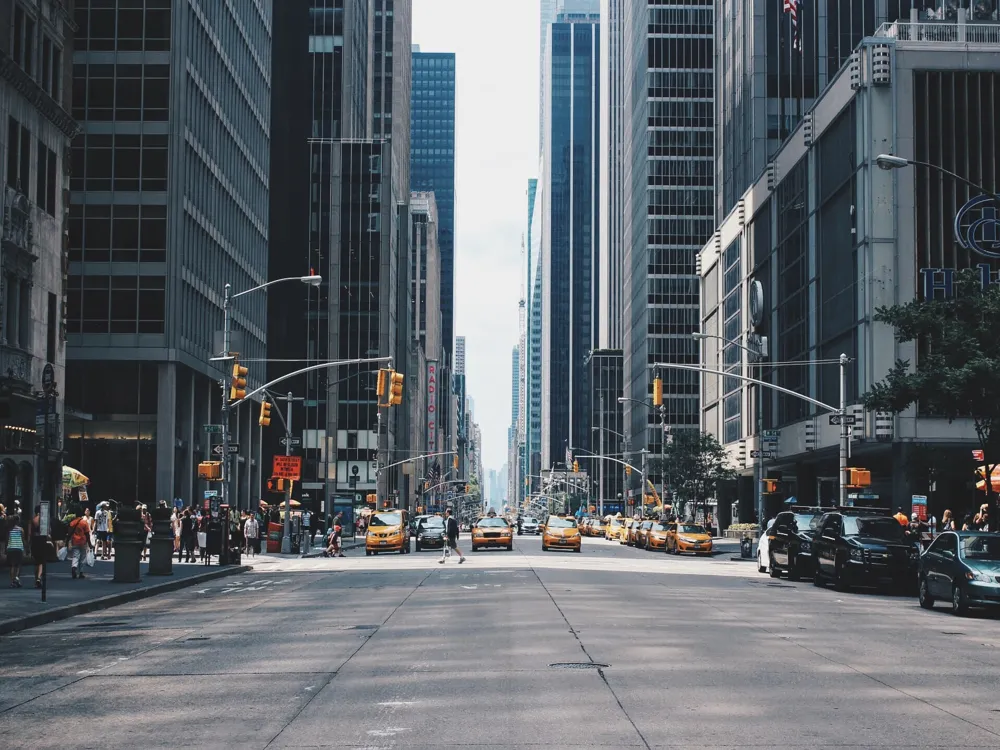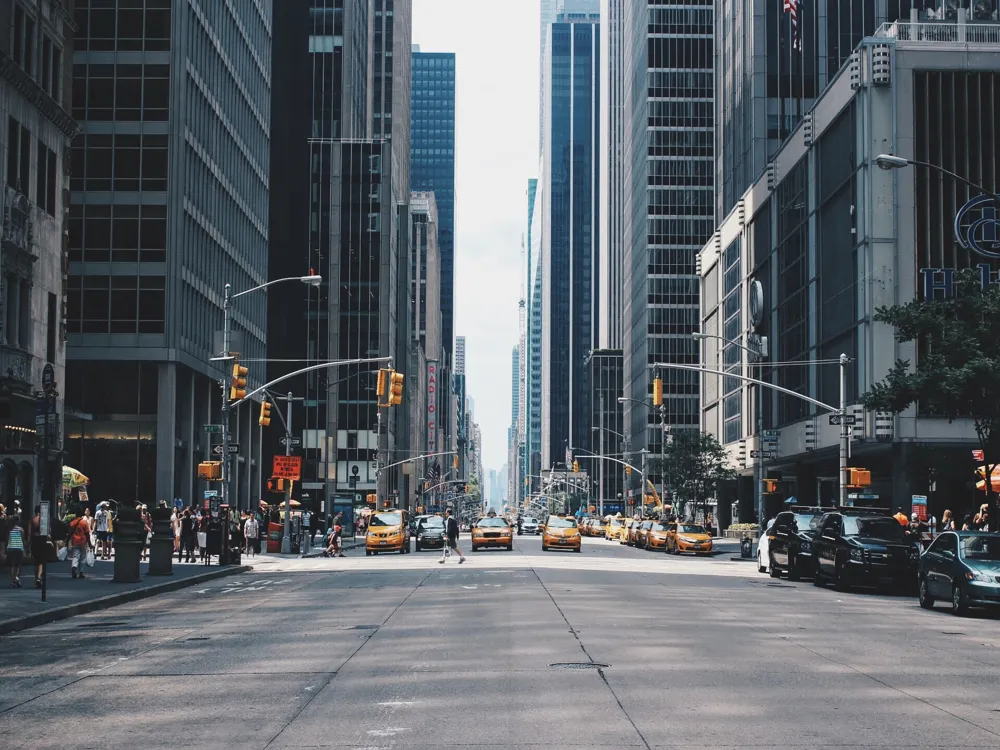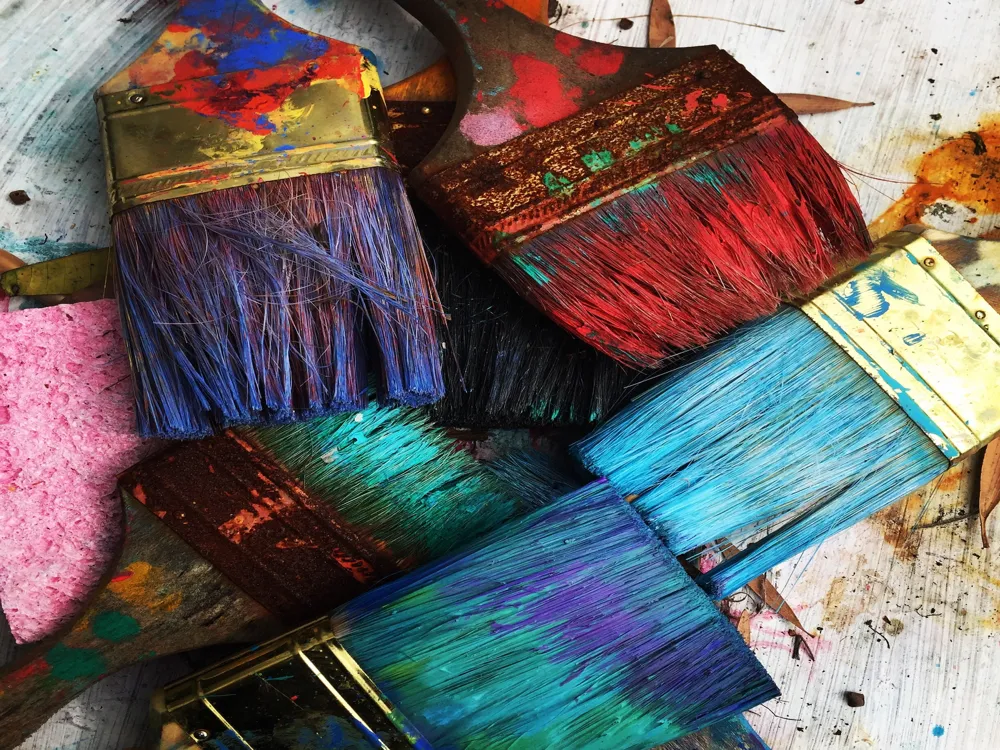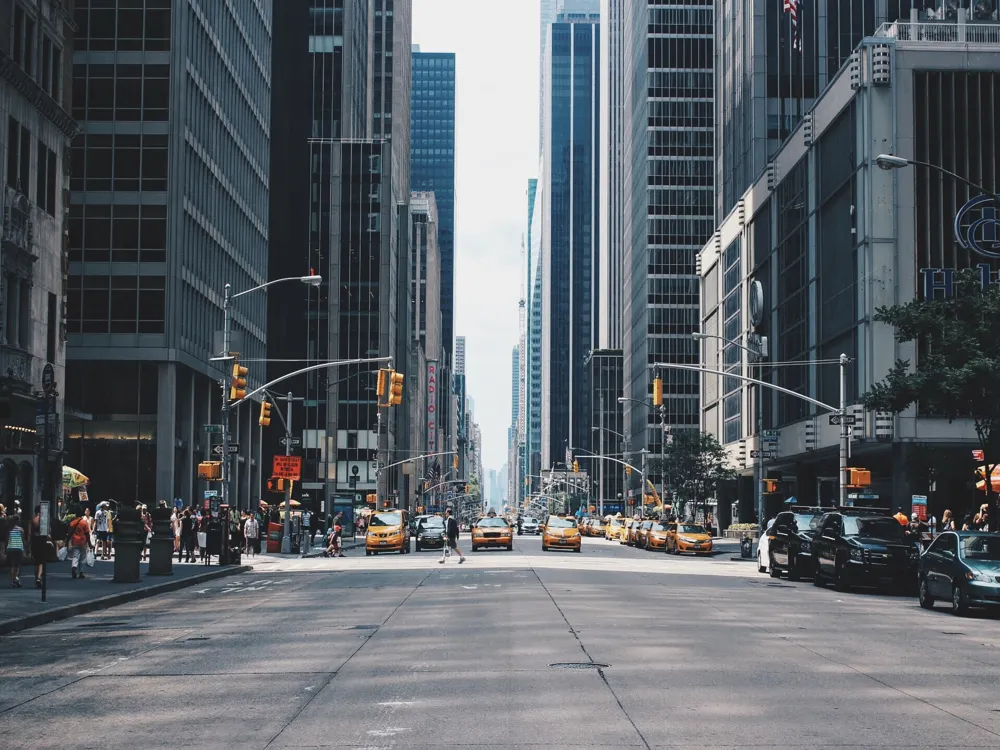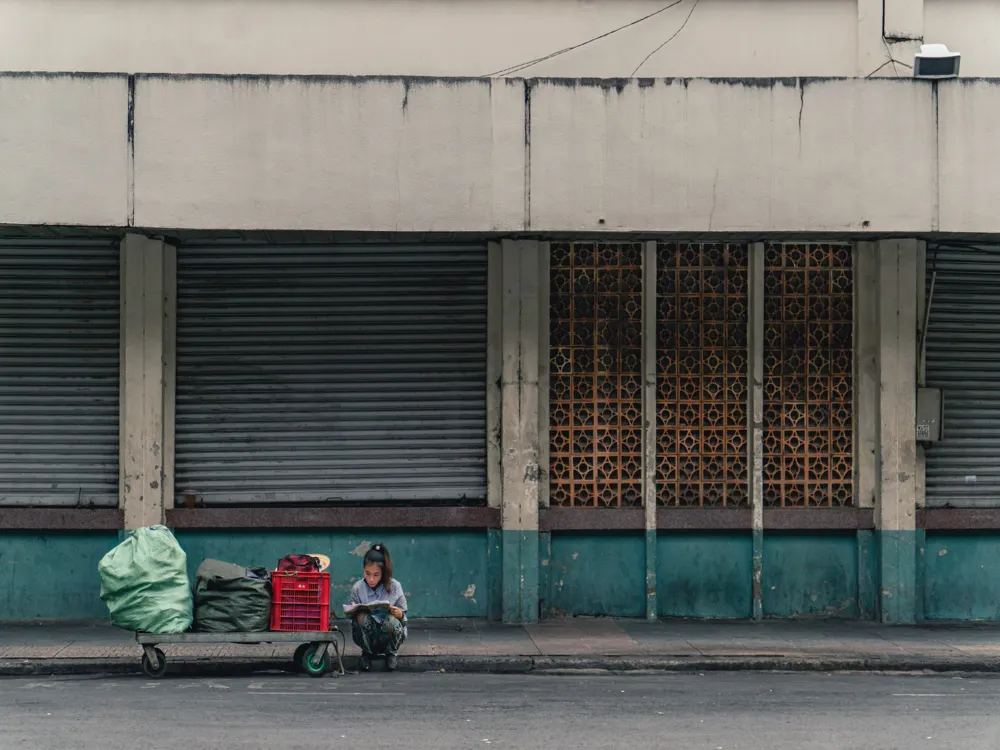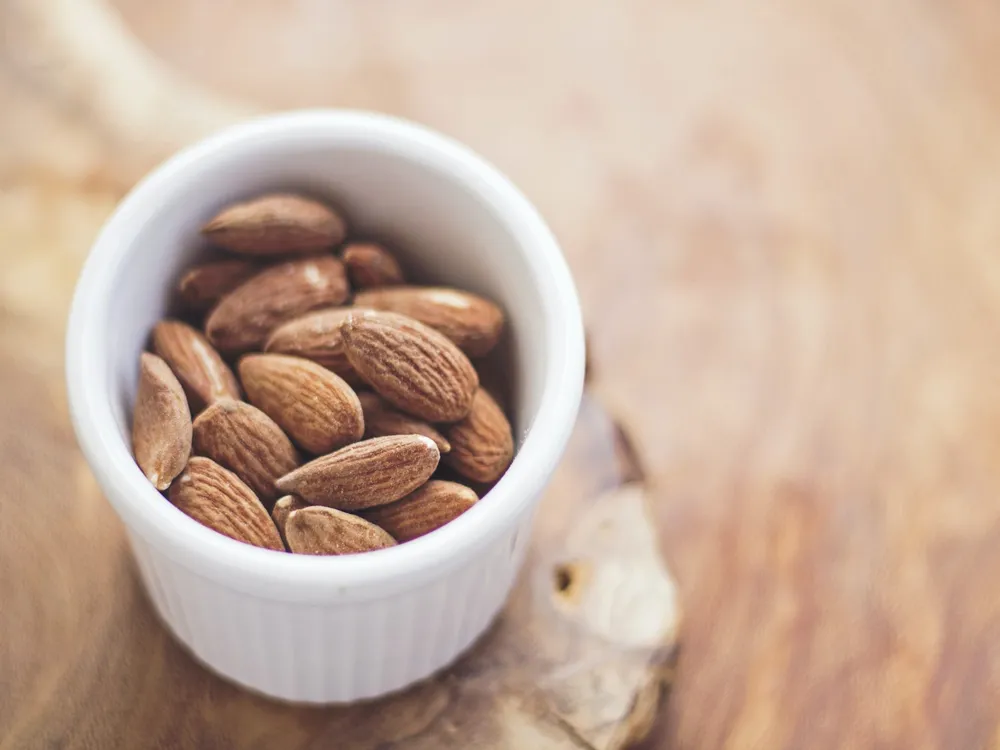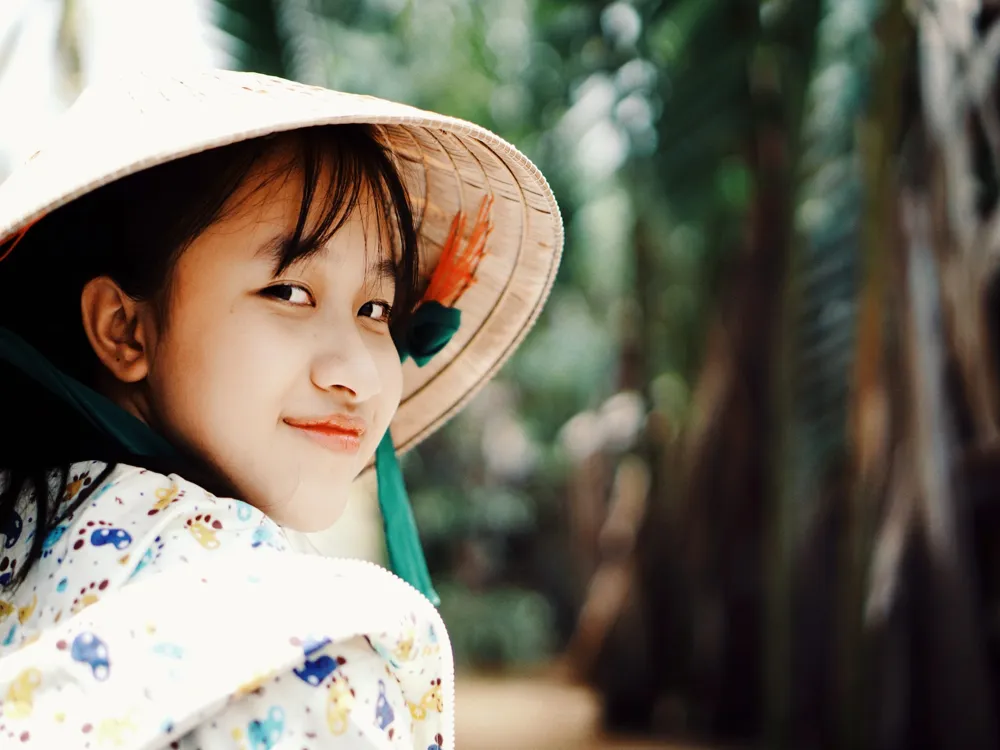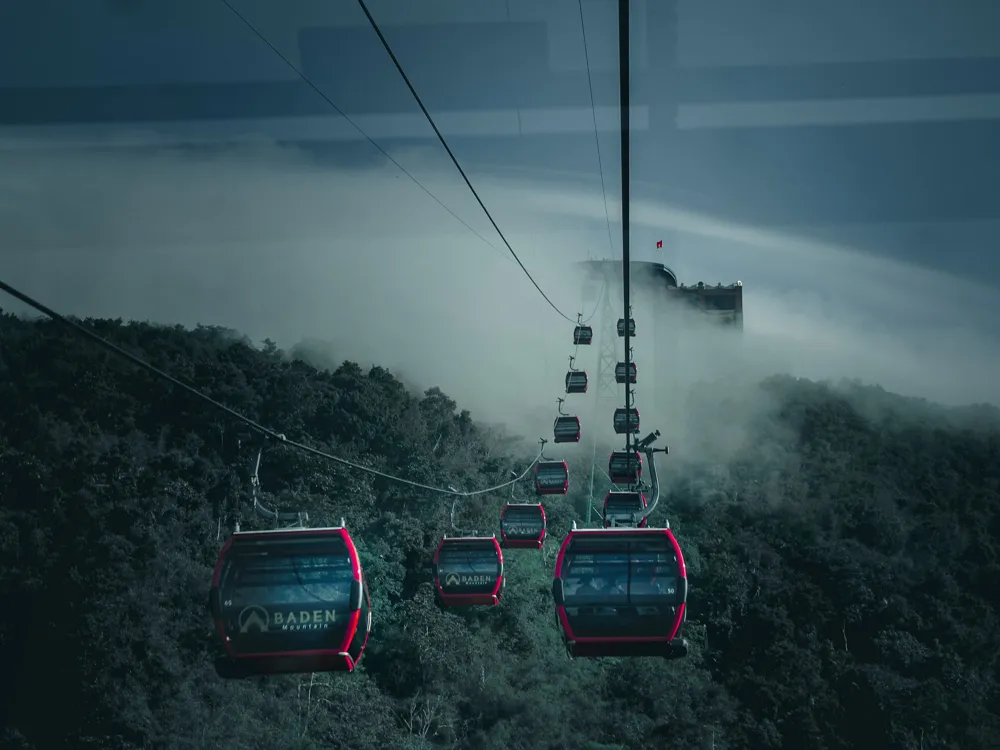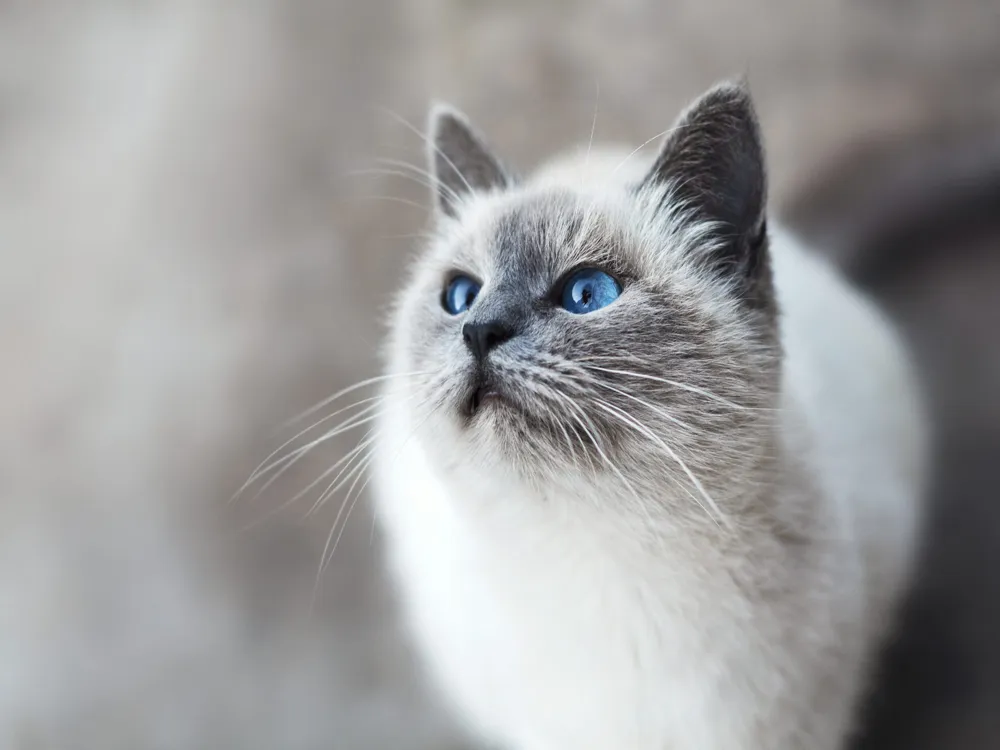The Jade Emperor Pagoda, also known as the Phuoc Hai Tu, stands as a testament to the rich cultural tapestry of Ho Chi Minh City. This pagoda, built by the Chinese community in 1909, is not just a place of worship but a beacon of history and tradition in the heart of Vietnam's bustling metropolis. Revered for its spiritual significance, the pagoda is dedicated to the Jade Emperor, a key figure in Taoist theology revered as the king of heaven. Its architecture is a harmonious blend of Taoist and Buddhist styles, reflecting the diverse religious practices in Vietnam. As you step into the Jade Emperor Pagoda, you are immediately enveloped by an aura of serenity, contrasting sharply with the lively streets of the city. The air is thick with the scent of incense, and the sound of chanting devotees adds to the mystical atmosphere. Intricately carved statues, representing various gods and goddesses, are placed throughout the temple, each telling its own story of folklore and tradition. One of the most captivating aspects of the pagoda is its stunning roof. Adorned with detailed carvings and colorful ceramic tile work, it depicts scenes from both Buddhist and Taoist mythology. The walls of the pagoda are equally impressive, featuring intricate friezes and bas-reliefs that showcase the exceptional skill of the artisans. These elements not only highlight the religious significance of the pagoda but also its role as a custodian of Vietnamese art and craftsmanship. The Jade Emperor Pagoda is not just a religious site; it's a cultural landmark that offers a glimpse into the soul of Ho Chi Minh City. It stands as a symbol of the city's resilience, having withstood the test of time and the tumultuous history of Vietnam. The pagoda's ability to attract both devout worshippers and curious tourists alike speaks volumes about its universal appeal and significance. The architecture of the Jade Emperor Pagoda is a fascinating amalgamation of Chinese, Vietnamese, and Buddhist design elements, creating a visually stunning and spiritually uplifting space. The pagoda's entrance is marked by an elaborately decorated gate, which opens up to a courtyard leading to the main hall. This entrance is typical of traditional Chinese temples, featuring a roof with upturned eaves, adorned with intricate carvings and statuettes. Inside, the main hall is an awe-inspiring sight, with its high ceilings and a plethora of religious iconography. The ceiling is adorned with delicate carvings and paintings, while the walls are lined with statues of deities, each intricately crafted and rich in symbolism. The Jade Emperor himself sits majestically at the center of the main hall, surrounded by other important figures in Taoist and Buddhist lore. One of the most striking features of the pagoda's architecture is its use of color. Bright reds, golds, and greens dominate the palette, symbolizing luck, wealth, and renewal, respectively. These colors are not just aesthetically pleasing but also carry deep spiritual meaning, reflecting the pagoda's religious significance. The pagoda also houses a number of other halls and chambers, each dedicated to different deities and figures from Taoist and Buddhist traditions. These chambers are smaller but no less ornate, with each space having its own unique character and purpose. The attention to detail in each of these areas demonstrates the devotion and reverence of the craftsmen who built them. In summary, the architecture of the Jade Emperor Pagoda is a masterful blend of religious symbolism, artistic expression, and cultural heritage. Its design not only serves a spiritual purpose but also stands as a testament to the rich history and craftsmanship of Vietnam. As a place of worship, it is important to dress modestly when visiting the Jade Emperor Pagoda. This means avoiding revealing clothing and ensuring that your shoulders and knees are covered. Visitors should always show respect for the religious practices and customs at the pagoda. This includes speaking softly, removing your shoes before entering certain areas, and not touching the statues or other sacred objects. While photography is allowed, it is important to be respectful and discreet. Avoid using flash as it can be disruptive, and always ask for permission before taking photos of worshippers or monks. To avoid the crowds and experience the pagoda in a more serene setting, consider visiting early in the morning or later in the afternoon. The area around the Jade Emperor Pagoda is rich in culture and history. Take some time to explore the neighborhood and enjoy the local cuisine and shops. Reaching the Jade Emperor Pagoda is relatively straightforward, whether you're using public transport or private means. The pagoda is located in District 1 of Ho Chi Minh City, making it accessible from various parts of the city. Visitors can take a taxi, which is the most convenient option, or opt for a more adventurous route like a motorbike taxi. For those preferring public transportation, buses are available that stop near the pagoda. Additionally, for tourists staying in central locations, the pagoda is within walking distance or a short ride away. Read MoreOverview of Jade Emperor Pagoda in Ho Chi Minh City
Architecture of Jade Emperor Pagoda
Tips When Visiting Jade Emperor Pagoda
Dress Appropriately
Respect the Customs
Photography Guidelines
Visit Early or Late
Explore the Surroundings
How To Reach Jade Emperor Pagoda
Jade Emperor Pagoda
Ho Chi Minh City
₹ 17,501 onwards
View ho-chi-minh-city Packages
Ho-chi-minh-city Travel Packages
View All Packages For Ho-chi-minh-city
Top Hotel Collections for Ho-chi-minh-city

Private Pool

Luxury Hotels

5-Star Hotels

Pet Friendly
Top Hotels Near Ho-chi-minh-city
Other Top Ranking Places In Ho-chi-minh-city
View All Places To Visit In ho-chi-minh-city
View ho-chi-minh-city Packages
Ho-chi-minh-city Travel Packages
View All Packages For Ho-chi-minh-city
Top Hotel Collections for Ho-chi-minh-city

Private Pool

Luxury Hotels

5-Star Hotels

Pet Friendly







